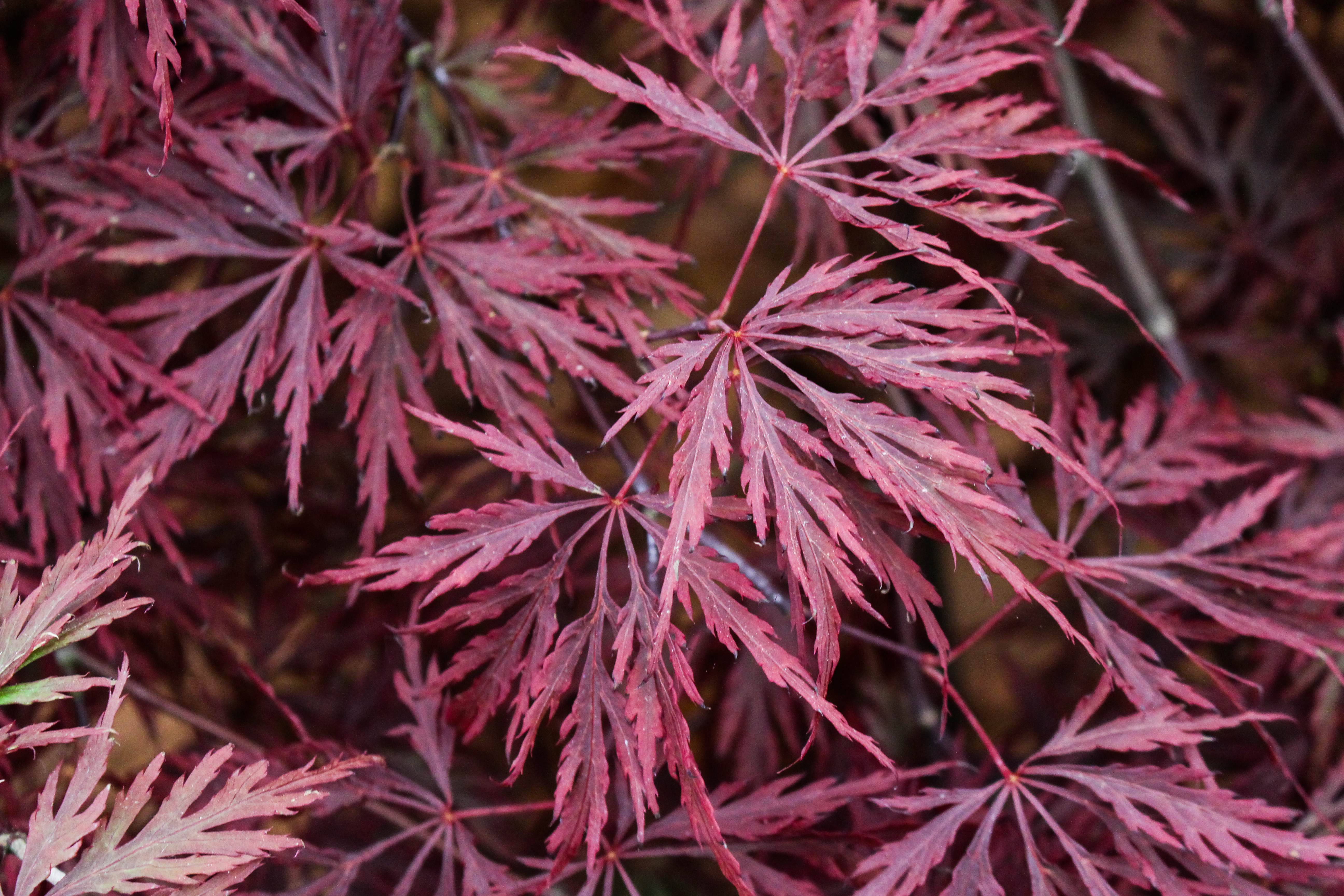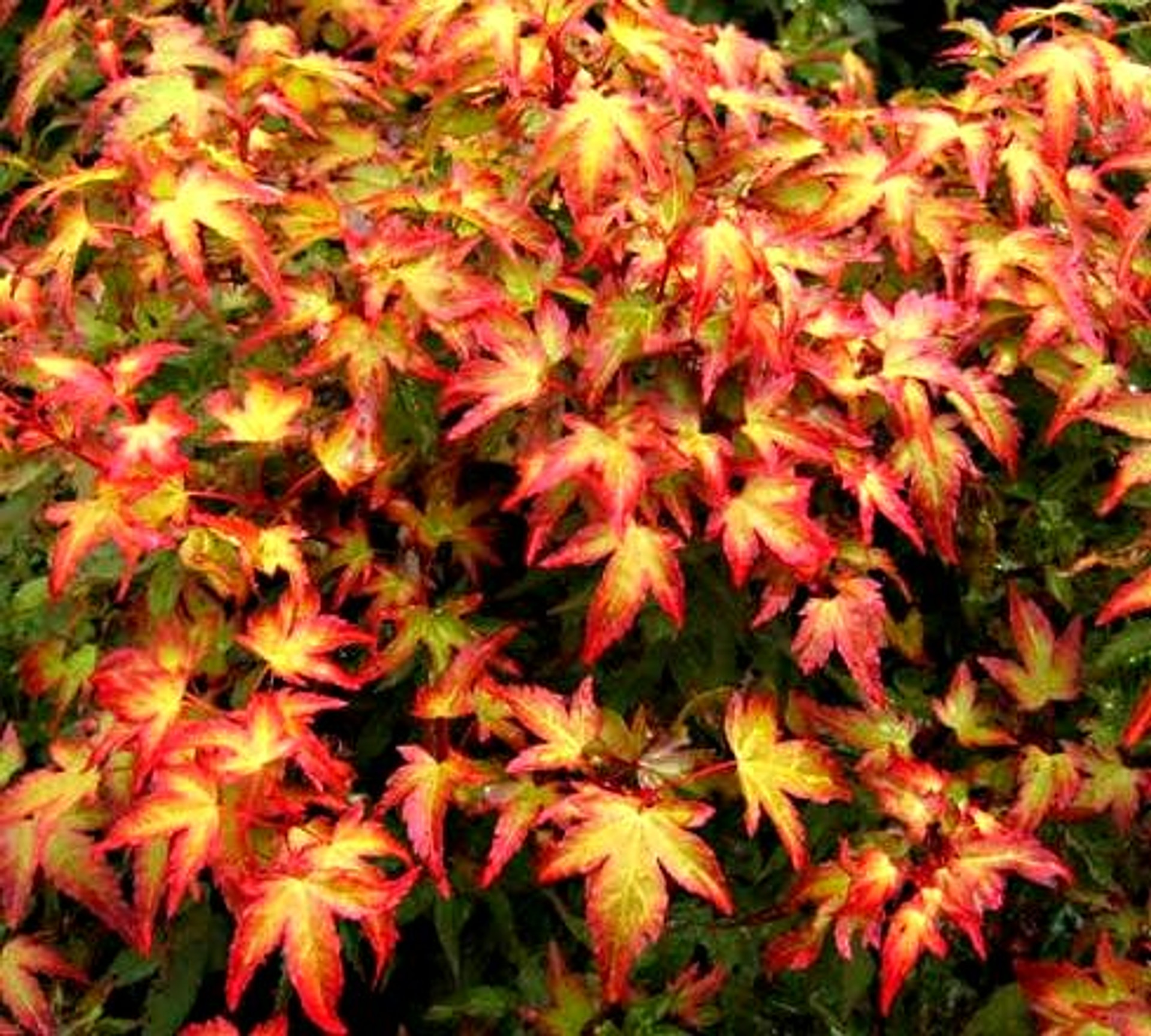
There are also a few North American varieties and these tend have larger less dissected leaves. Most varieties for sale in garden centres today originated from Japan where they are revered. The botanically correct name is Acer but they are more commonly known as Maple. They are unequalled for beauty, grace and leaf colour and deserving of a special place in any planting scheme. In general, the plant should be spaced at 1/2 its maximum width away from a structure or pathway.If there was a beauty pageant for deciduous trees then we would have no hesitation in handing the Maple the winner's crown. Some care should be taken to ensure that as the plant becomes more valuable there isn't the need to drastically prune the plant to maintain its size. Those that are weeping in form often do not grow much taller than they are when they are purchased in a person's lifetime. In general, those that are 'upright growing' will eventually get to become small trees. Many Japanese maples grow eventually to a fairly large size.While not generally considered fatal, it does contribute to an unattractive apperance to the plant. Additionally, should the plant see changes in soil moisture content, the plant may experience 'leaf scorching' as a result. While not recommended for planting on clay soils (due to their unforgiving nature), if it is attempted it is imperative that the plant be planted high to the grade (the top of the root ball should be elevated above the lawn grade), left unmulched, and carefully watered. Severe root rot will kill a Japanese maple. This impedes the percolation of water away from the root system, and during wet years (or with excessive watering), the Japanese maple can suffer from root rot. Many neighbourhoods in the K-W area and surrounding are situated on clay subsoils.
:max_bytes(150000):strip_icc()/Klon_shirasawy-21a91515b15a44828e833a820ef04ddb.jpg)

If possible, try to find a location that gets a bit of light shade in the afternoon. Japanese maples like the sun, but not always do they like it shining intensely upon them all day.

To lessen the chance of mortality due to cold, it is advisable to have a location where the plant is sheltered from the prevailing northwest winter winds. The K-W area lies largely at the edge of this zone, but as we are on the cusp of 5b, it is not uncommon to see a colder than normal winter with some degree of frequency.


 0 kommentar(er)
0 kommentar(er)
